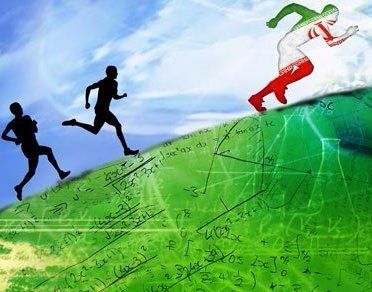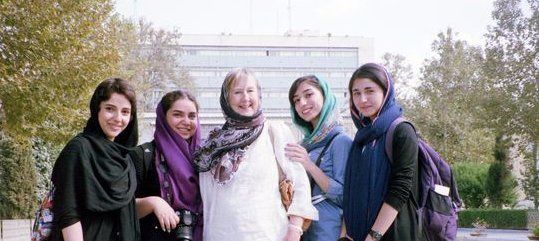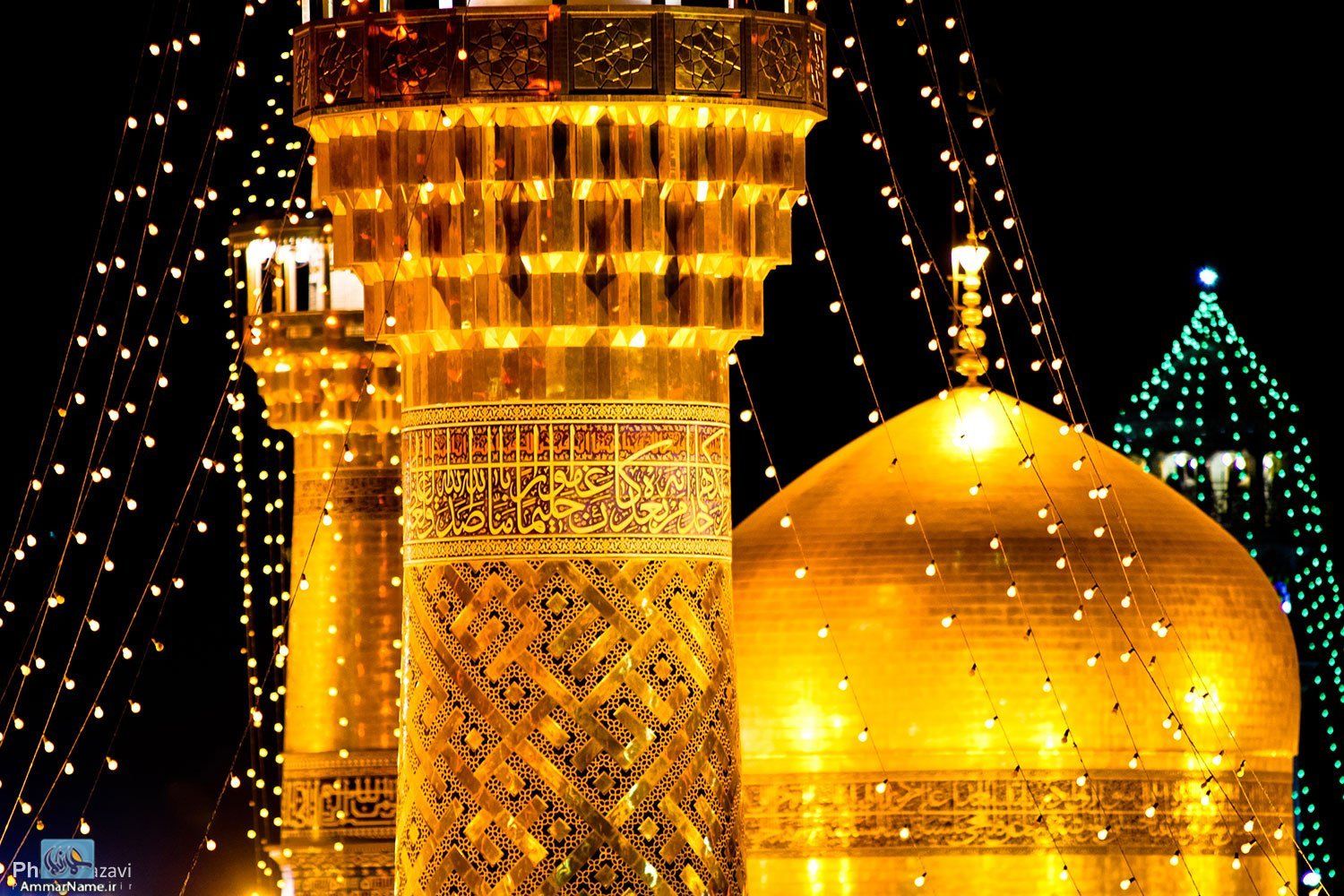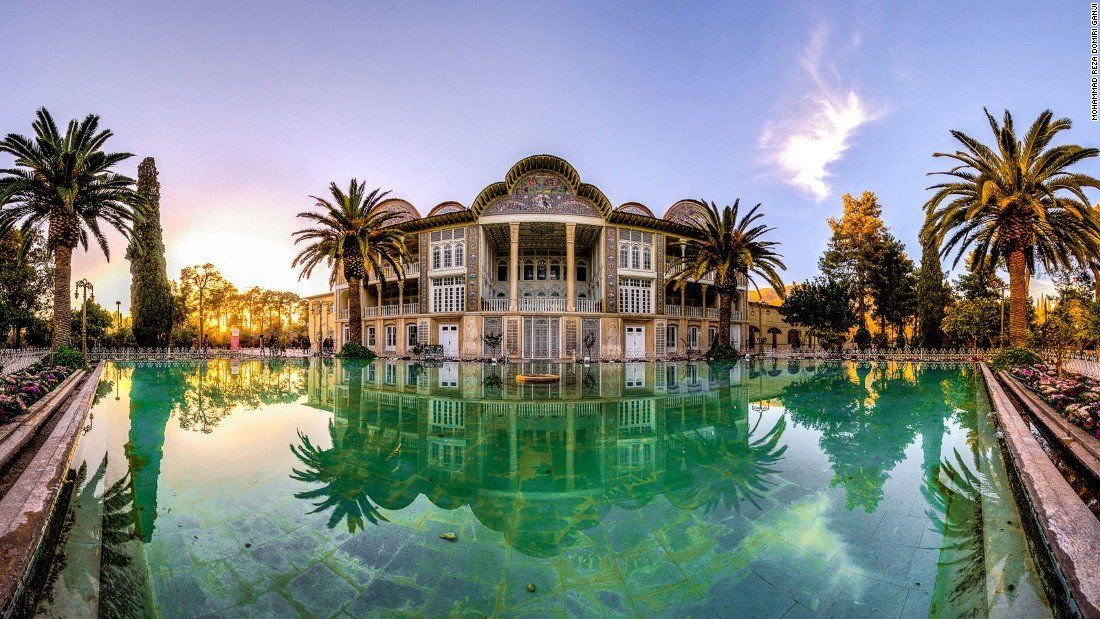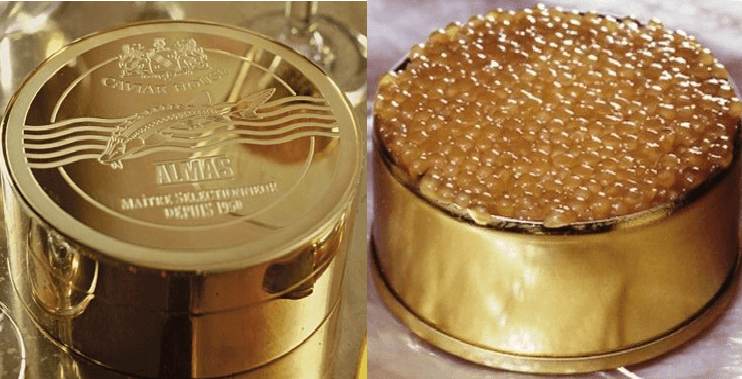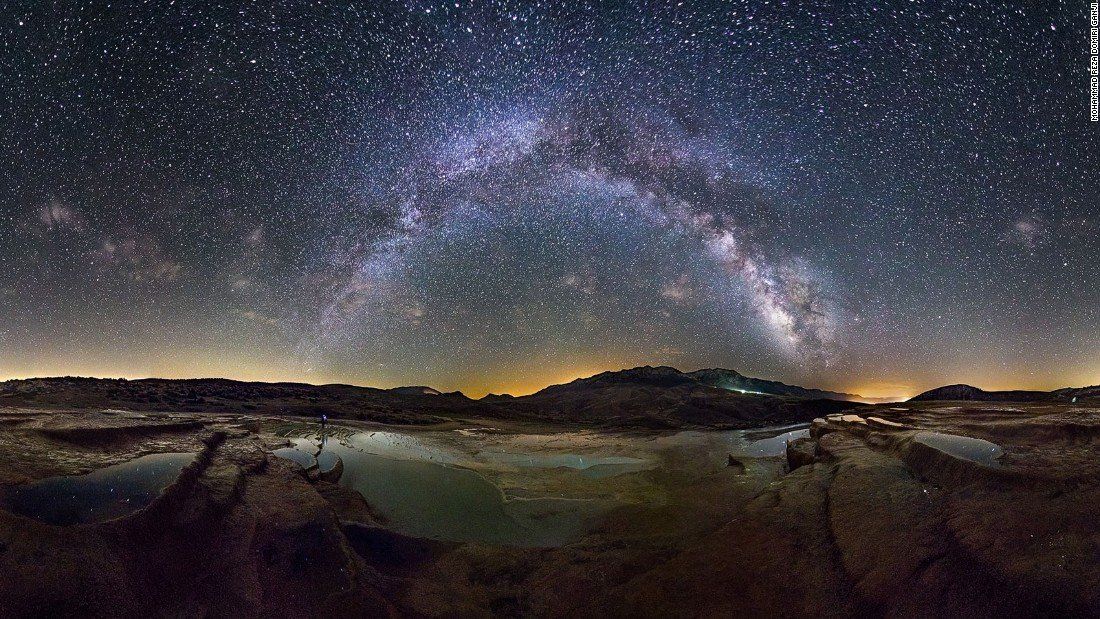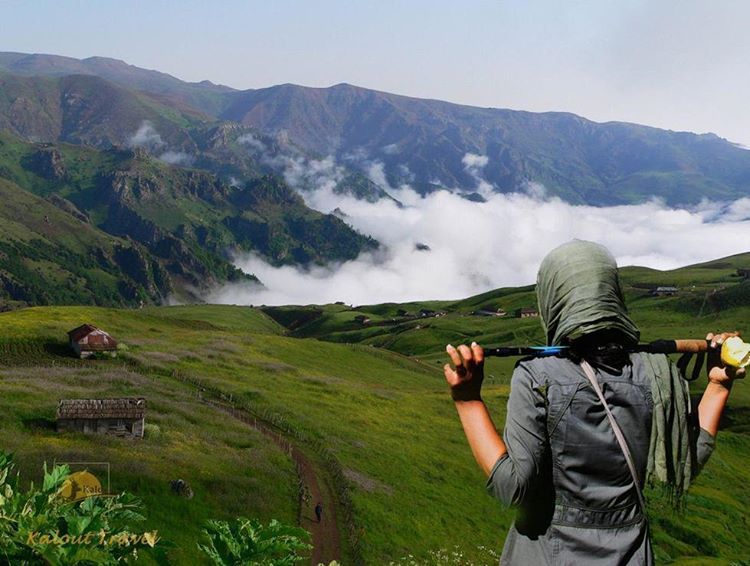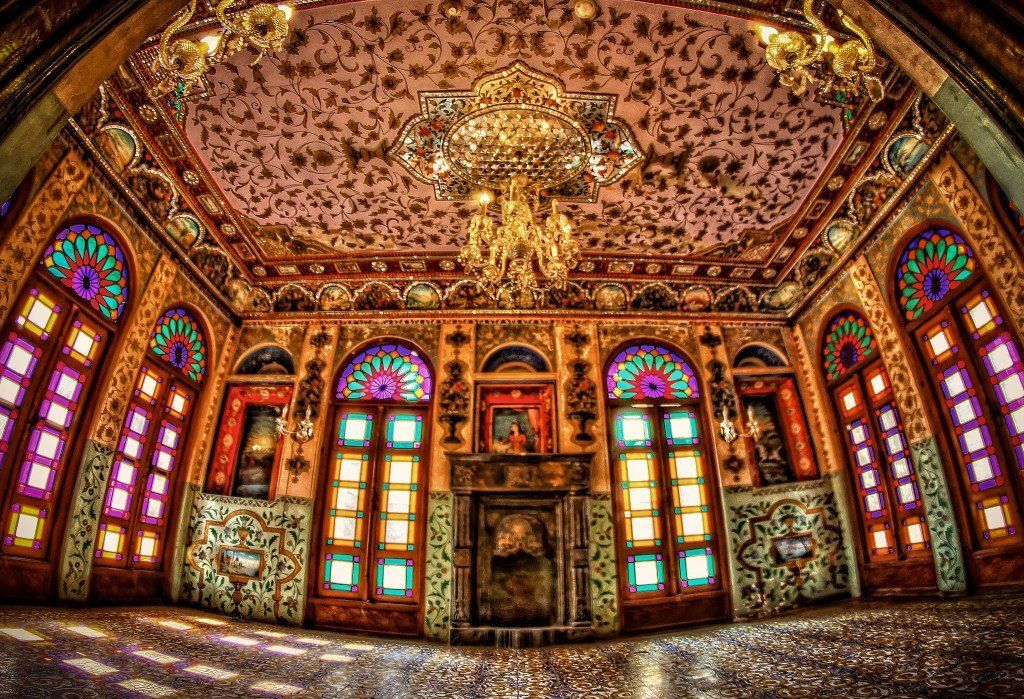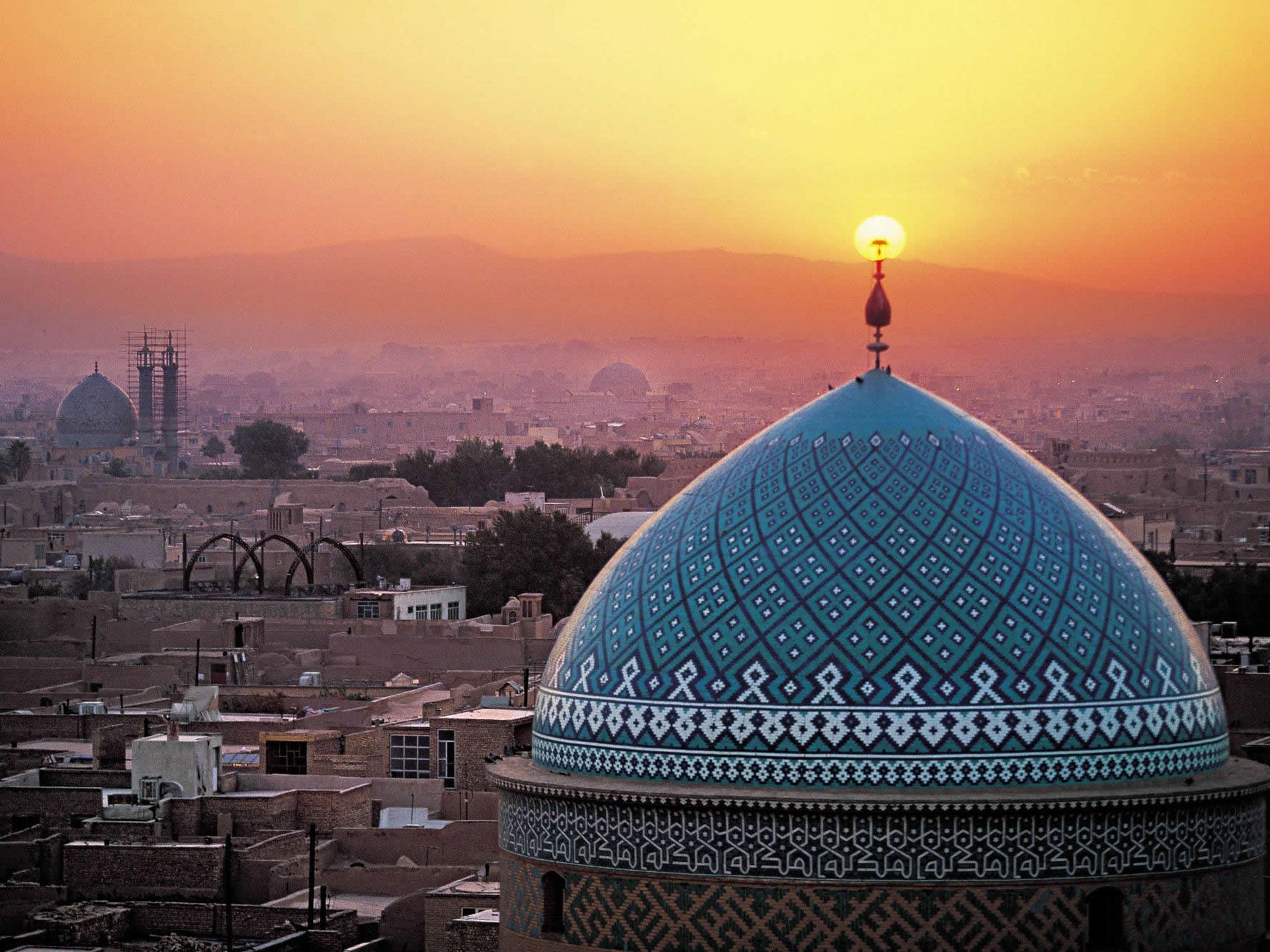The Arts and Humanities
Support for the Arts. The role of the arts in Iran is highly complex. On the one hand, Iranians have one of the richest and most elaborate artistic traditions in the world. On the other hand, Islamic leaders disapprove of many forms of artistic expression. Under the Pahlavi regime, especially under the patronage of the empress, Farah Diba, the arts were heavily supported and promoted. Under the Islamic republic this support has continued, but with many fits, starts, and caveats. Moral censorship has invaded virtually every form of artistic expression, but the inventive Iranians somehow manage to produce marvelous art despite these restrictions.
Two Islamic prohibitions affect arts in the most direct way: a prohibition against music, and one against the depiction of humans and animals in art. The prophet Muhammad disapproved of music because it acted to transport listeners to another mental sphere, distracting them from attention to the world created by God. The depiction of humans and animals is disapproved on two grounds: first, because it could be construed as idolatry; and second, because it could be seen as an attempt to create an alternate universe to that created by God. Additionally, the early Muslims considered poetry to be suspect, since it was thought to be inspired by jinn. For these reasons the Koran, certainly one of the most poetic works ever created, is explicitly not poetry. Chanting of the Koran is likewise not music. Over the centuries Iranians have taken these prohibitions somewhat lightly.
Literature.Iranian poets have penned some of the most wonderful, moving poetry in the history of humankind. The great poets Firdawsī, Hāfez, Sa'adī, and Jalāl ad-D n ar-R m and a host of others are an intimate part of the life of every Iranian. Modern poets writing in non-metric styles are equally revered, and the nation has developed a distinguished coterie of novelists, essayists, and exponents of belles lettres, both male and female.
Graphic Arts.
Persian miniature paintings illustrating Iranian epics and classic stories are among the world's great art treasures. These miniatures depicted both humans and animals. Another tradition, more religiously approved, is the artistic development of calligraphy. This is a highly developed Iranian art, as it is throughout the Middle East. Iran has its own styles of Arabic calligraphy, however, and has developed many modern artists who fashion common words into figurative art of great beauty. Iran's modern painters often use classic themes from miniatures combined with calligraphy for a uniquely Persian effect. Geometric design is also approved, and is seen in architectural detail and carpet design.
No discussion of Persian art would be complete without mention of carpet making. Carpets are Iran's most important export item after oil, and their creation is an art of the highest order. Carpets are hand-knotted. The finest take years to complete and have hundreds of knots per square inch. The designs are drawn from a traditional stock of motifs, but are continually elaborated upon by weavers. Each region of Iran has its own traditional designs. Carpets are not only beautiful works of art, they are investments. Older carpets are worth more than new carpets. Every Iranian family will try to own one, with the secure knowledge that if they take care in their purchase it will always increase in value.
Also of significance are the centuries-old traditions of silverwork, wood-block printing, enamel ware, inlay work, and filigree jewelry manufacture. These arts were revived during the Pahlavi era in government-sponsored workshops and training programs. This support has continued after the Revolution, and owning excellent examples of these artistic products has become a hallmark of good taste in Iranian homes.
Performance Arts in Iran
Persian classical music is one of the most elaborate and inspiring artistic forms ever created. The musical system consists of twelve modal units called dastgah. These are divided into small melodic units called gusheh , most of which are associated with classic Persian poetic texts. A full performance of classical music consists of alternating arhythmic and rhythmic sections from a single dastgah. The instrumentalist and the vocal artist improvise within the modal structure, creating a unique performance. Traditional instruments include the tar ,: a lute like instrument with a body shaped something like a figure eight; the setar ,a smaller lute with three strings and a small, round body; the nei , a vertical flute; the kemanche , a small vertical fiddle with a long neck and a small body; the qanun , a larger, broader vertical fiddle; the santur , a hammer dulcimer; the dombak , a double-headed drum; and the daf , a large tambourine. Popular music forms are largely based on the more melodic structures of classical music, and are highly disapproved by the religious authorities. Many popular Iranian musicians now live abroad, wherethey record and export their music back to Iran. Women are not allowed to perform music in public under the current government.
Iran has two unique traditional dramatic forms. The first, ta'zieh , is an elaborate pageant depicting the death of Imam Hassain. In its full form, it lasts ten days during the month of Muharram, and involves hundreds of performers and animals. The other dramatic form is less elevated, but equally unique. It is a comic improvisatory form known commonly as ru-howzi theater, because it was typically performed on a platform placed over the pool ( howz ) in a courtyard. Ru-howzi theater is performed by itinerant troupes at weddings and other celebrations, and is greatly appreciated. It has undergone a revival since the Revolution. Modern Western drama entered Iran at the end of the nineteenth century and attracted a number of fine playwrights whose works are regularly performed in live theater and on television.
Iranian film has captured the interest of the entire world in recent years, winning major international prizes. The Iranian film industry is decades old, but in the 1970s it began to develop as a serious art form under the sponsorship of National Iranian Radio and Television. Young film makers remained in Iran after the Revolution to create masterpieces of film art, despite censorship restrictions. This is somewhat confounding for the religious officials of the Islamic republic, since the most conservative officials condemned film attendance as immoral before the Revolution. Now they realize that Iranian film makers give Iran a progressive, positive image, and they grudgingly lend their support to the industry.
The State of the Physical and Social Sciences
Iran has had a long and proud national tradition in mathematics and the sciences. Iranians view this as an emanation of their cultural heritage. During the period from the ninth to the twelfth centuries the greatest scientists in Baghdad, often thought of as Arabs, were in fact Iranian scholars. Avicenna (Ibn Sīnā) is perhaps the most famous of these. The high regard for medicine and engineering has produced the strongest education and research programs in the country. More than half of all university students are enrolled in these fields.
There are forty-four universities (fifteen in Tehran) currently active in Iran along with a number of other institutes of higher learning and technical training. Approximately 450,000 students are enrolled, men outnumbering women two to one. The University of Tehran, Tehran Polytechnic University, the University of Isfahan, the University of Shīrāz, and the University of Tabrīz are premier educational institutions operating at a high international standard.
One of the more interesting developments following the Revolution was the establishment of the Islamic Open University. This was largely due to student discontent with the restrictive admission policies of the existing universities. Set up throughout the country, it is truly a university without walls, enrolling nearly 400,000 students. Although admission examinations are required, it is not necessary for applicants to submit standard high school diplomas for admission.
A third innovation in higher education has been the establishment of a correspondence institution, the Remote University. This is open to everyone, but in practicality it serves primarily government officials, teachers, and civil servants who wish to further their education.
The nation has enough applied scientists to carry out the functions of infrastructure maintenance and health care. Nevertheless, research institutes have suffered severe declines since the Revolution. Many of the country's best scientists and researchers emigrated to Europe and the United States. A few have returned, but the combination of the massive brain drain and the relatively young population of the nation indicate that it will be some time before much rebuilding can take place.
The government has realized that this is a problem and has increased appropriations to research institutes in recent years. The National Research Council formulates national research policy. The Industrial and Scientific Research Organization of the Culture and Higher Education Ministry carries out research for the government. Other institutes, such as the Institute for Theoretical Physics and Mathematics and the Institute for Oceanographic Research, are given little support.
Social science research is somewhat underdeveloped in Iran. Where it exists it has been developed on French models. The University of Tehran has strong faculties in sociology, psychology, and linguistics, and an active Institute for Social Studies and Research. The University of Shīrāz also has instruction and research in anthropology and sociology.
Lecture complémentaire:
























